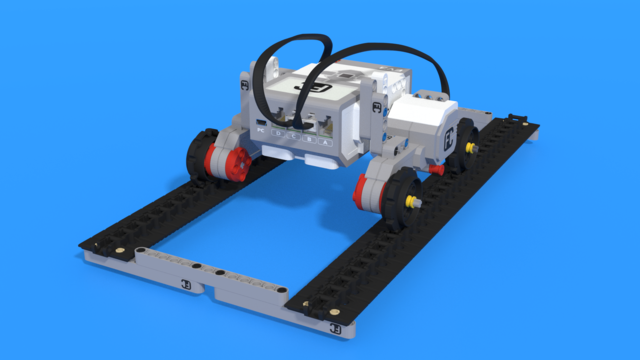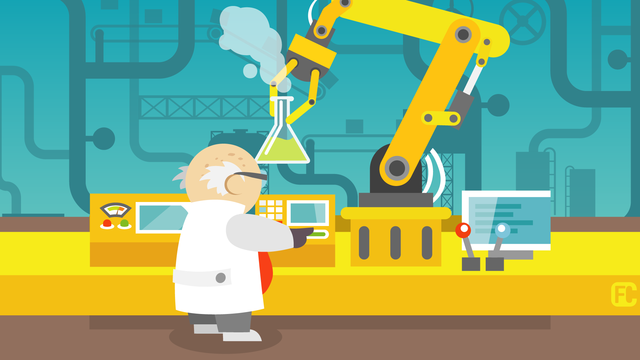The "wait()" command is useful if we wish the robot to wait for a specific amount of time, but if we wish for our robot to wait until a given condition is met, we need to be a bit more inventive.

To access the full video please subscribe to FLLCasts.com
- #1631
- 11 Jun 2020
The "pass" serves as an empty that can be placed in the "while" operator. This way the loop operator will repeat without executing any code until the condition becomes false.
Here's what this should look like in your code:
while condition:
pass
(code that doesn't execute until the condition is false)
Written like this, the code will await the condition of the "while" operator to become false in order to continue. In order for it to wait for the condition to be met, the "not" operator should be applied:
while not condition:
pass
(code that will execute when the condition is met)
This way the robot will wait for the condition of the "while" operator to become true before continuing with the program.
Courses and lessons with this Tutorial
This Tutorial is used in the following courses and lessons

Python with LEGO Mindstorms EV3 - Level 2
In the second level of Python for EV3 robots, students learn in-depth the touch sensor. The sensor is used as an input device for manual control of machines, as well as a sensor for autonomous robots. In a pair of lessons, students build a control panel for the grabber and the movement of a crane. Programming wise, students learn how to fork code with "if-else" constructions, how to create conditional and forever loops with "while" and how to negate conditions with "not" operator. In the end of the lesson, robots can detect obstacles and avoid them, so that they traverse a simple labyrinth.
- 39
- 19:58
- 93

Lesson 2 - Grabber control panel
Introduction
Today we will create a robot that you can control with just tha press of a button. It will detect when you have pressed the button once and when you've pushed it twice. Based on this, it will either open or close its pincers and the objects within.
In this lesson, as well as the next one, we will be building a control console: first for the pincers, later for a crane. We will be looking at the sensors as a means of human interaction with the robots before we make autonomous robots with them.
What aspect of your daily life would you automate?

- 6
- 6
- 7
- 3d_rotation 2